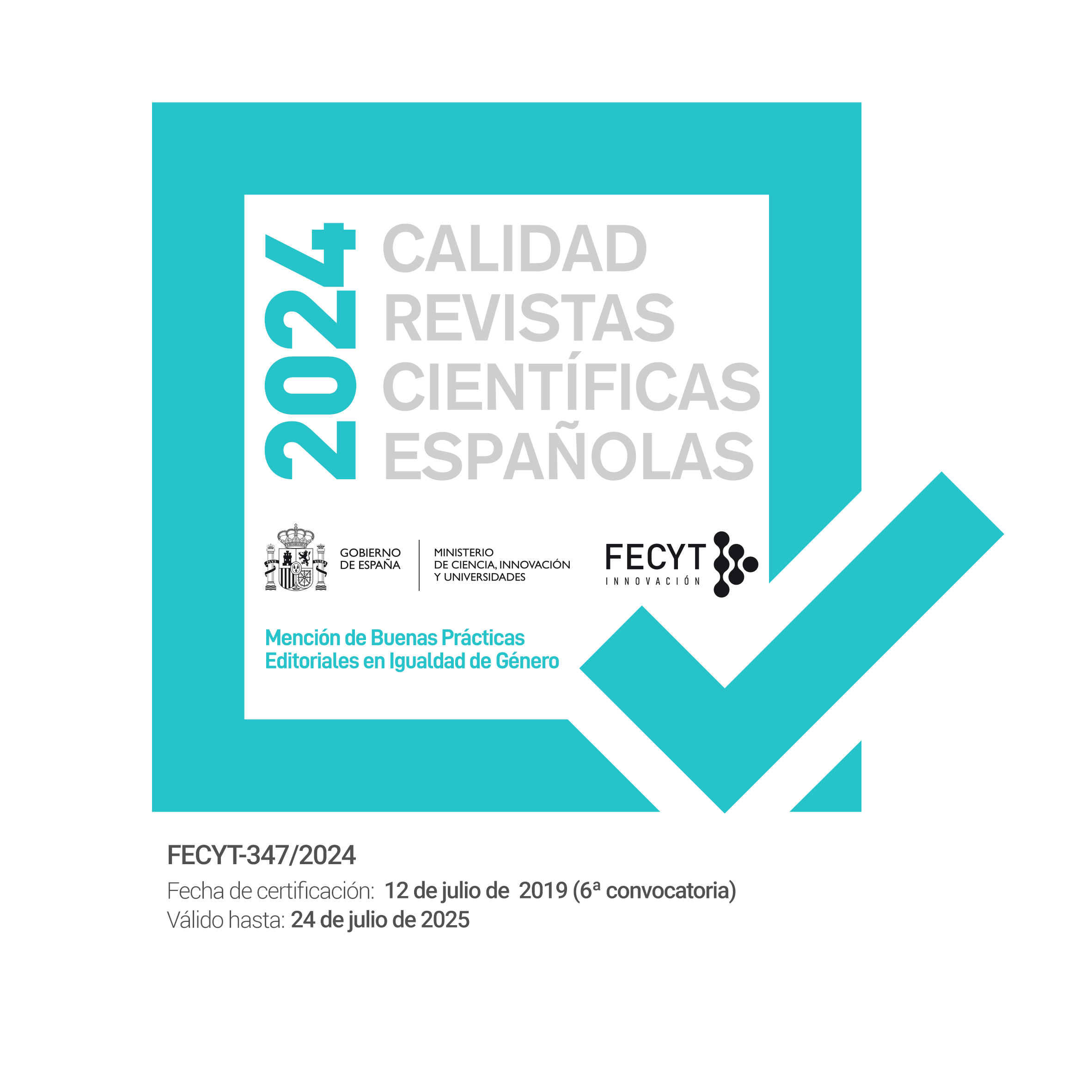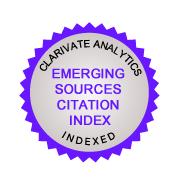Un mito en piedra : la sexualidad en el contexto religioso de la Iglesia
DOI:
https://doi.org/10.5944/etfvii.11.1998.2309Abstract
Investigación sobre la temática sexual en la escultura románica de la primitiva Castilla, en la que se aborda un estudio iconográfico de aquellas representaciones que, por su propio carácter, se apartan del marco bíblico, entrando de lleno en esa iconografía denominada obscena, reunida en el marco religioso de la iglesia por toda una serie de festividades que las lleva a reactualizar todo un ciclo natural, cósmico y genésico, en íntima relación con las creencias de unos monjes y un pueblo llano, apegados a sus antiguas tradiciones, que continuaban manteniendo y aún celebrando sus ancestrales ritos relacionados con los ciclos vitales.
This investigation is about tfie sexual theme of the Romanesque sculpture in the early «Castilla». It is an iconographical study of tfiose representations separated from a Biblical field, tfiat one knowing as obscene iconography. Ttiis obscene iconography is located at the religiouse environment of the church and it is connected thanks to several festivities. So a natural, cosmic and genetic cycle is updated again because it is connected intimately with some monks and people's believes. People, devoted to ancient traditions, kept and celebrated their ancestral rites related with Ufe cycles.
Downloads
Downloads
Published
How to Cite
Issue
Section
License
Authors who publish in this journal agree to the following terms:
- Authors retain copyright and grant the journal right of the first publication with the work simultaneously licensed under a license Creative Commons Reconocimiento-NoComercial 4.0 Internacional that allows others to share the work with an acknowledgement of the work's authorship and initial publication in this journal.

- Authors are able to enter into separate, additional contractual arrangements for the non-exclusive distribution of the journal's published version of the work (e.g., post it to an institutional repository or publish it in a book), with an acknowledgement of its initial publication in this journal.
- Authors are permitted and encouraged to post their work online (e.g., in institutional repositories or on their website) prior to and during the submission process, as it can lead to productive exchanges, as well as to earlier and greater citation of the published work (See The Effect of Open Access).








